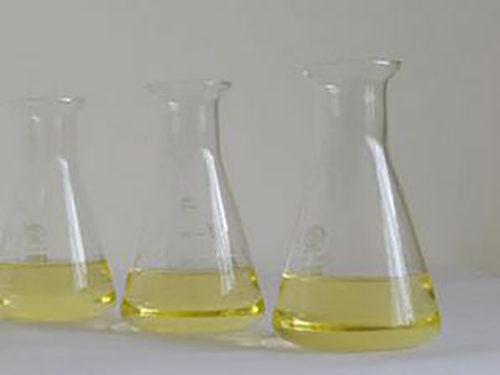Different Categories of Flocculants Used in Water Treatment Processes
Types of Flocculants in Water Treatment
Water treatment is a critical process in ensuring that water is safe for use and consumption. One of the key components in this process is the use of flocculants, substances that promote the clumping of particles into a floc, which can then be easily removed from the water. This article explores the different types of flocculants used in water treatment, their functions, and their applications.
What are Flocculants?
Flocculants are chemical agents that facilitate the agglomeration of suspended particles in water. These particles can include organic and inorganic substances, microorganisms, and residuals from industrial processes. By promoting the formation of larger aggregates, or flocs, flocculants aid in sedimentation, filtering, and ultimately, the clarification of water. The selection of a flocculant depends on various factors, including the nature of the particles to be removed, the water chemistry, and the specific treatment objectives.
Types of Flocculants
Flocculants can be broadly categorized into three main types organic flocculants, inorganic flocculants, and bio-flocculants
.1. Organic Flocculants Organic flocculants are widely used in various water treatment applications due to their effectiveness and versatility. These can be further divided into synthetic and natural organic flocculants.
- Synthetic Organic Flocculants Commonly used synthetic flocculants include polyacrylamides and polyamines. Polyacrylamides are available in several formulations, including anionic, cationic, and nonionic variants. Cationic polyacrylamides are particularly effective in removing negatively charged particles, making them ideal for municipal wastewater treatment and industrial applications. However, concerns about the environmental impact and non-biodegradability of synthetic polymers necessitate careful management.
types of flocculants in water treatment

- Natural Organic Flocculants Derived from natural sources, these flocculants include materials such as starches, gums, and proteins. Examples include chitosan, which is extracted from crustacean shells, and gum arabic, obtained from the acacia tree. Natural organic flocculants are often preferred for their biodegradability and lower toxicity, making them suitable for food and beverage applications, as well as eco-friendly water treatment processes.
2. Inorganic Flocculants Inorganic flocculants, primarily metal salts, have been used for decades in water treatment. The most common inorganic flocculants include aluminum sulfate (alum), ferric chloride, and ferric sulfate. These compounds work by destabilizing the colloidal particles through charge neutralization and providing additional hydroxide ions to form flocs.
- Aluminum Sulfate (Alum) One of the most traditional flocculants, alum is cost-effective and has been used in municipal water treatment for its ability to coagulate a variety of particles. However, the formation of aluminum residues and potential health concerns are challenges that need to be addressed.
- Ferric Chloride and Ferric Sulfate These inorganic flocculants are often used in wastewater treatment due to their higher effectiveness in acidic conditions compared to alum. They can also aid in phosphorus removal, making them valuable in treating agricultural runoff and industrial effluents.
3. Bio-flocculants Bio-flocculants are a relatively new category derived from natural microbial sources or can be synthesized through biotechnological processes. These biopolymers are produced by certain bacteria, algae, and fungi and can effectively flocculate suspended solids without introducing harmful chemicals. An example is the use of bacterial exopolysaccharides, which have shown promise in wastewater treatment applications. The use of bio-flocculants is gaining attention due to their eco-friendliness and potential for reducing chemical inputs in treatment processes.
Conclusion
Flocculants play an essential role in water treatment, enhancing the removal of suspended solids and improving water quality. Whether they are organic, inorganic, or bio-based, the choice of flocculant significantly impacts the effectiveness and efficiency of water treatment processes. As environmental concerns continue to grow, there is an increasing interest in developing sustainable and biodegradable flocculants that minimize health risks and ecological impacts. Understanding the types and applications of flocculants allows water treatment facilities to optimize their processes while ensuring safe and clean water for communities.
-
LK-319 Special Scale And Corrosion Inhibitor For Steel Plants: Advanced Solutions for Industrial Water SystemsNewsAug.22,2025
-
Flocculant Water Treatment: Essential Chemical Solutions for Purification ProcessesNewsAug.22,2025
-
Isothiazolinones: Versatile Microbial Control Agents for Industrial and Consumer ApplicationsNewsAug.22,2025
-
Scale Inhibitor: Key Solutions for Water System Scale PreventionNewsAug.22,2025
-
Organophosphonates: Versatile Scale Inhibitors for Industrial Water SystemsNewsAug.22,2025
-
Scale and Corrosion Inhibitor: Essential Chemical Solutions for Water System MaintenanceNewsAug.22,2025





